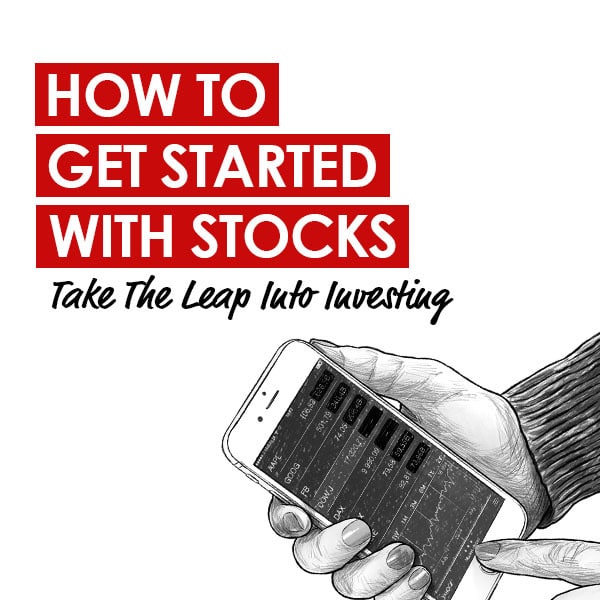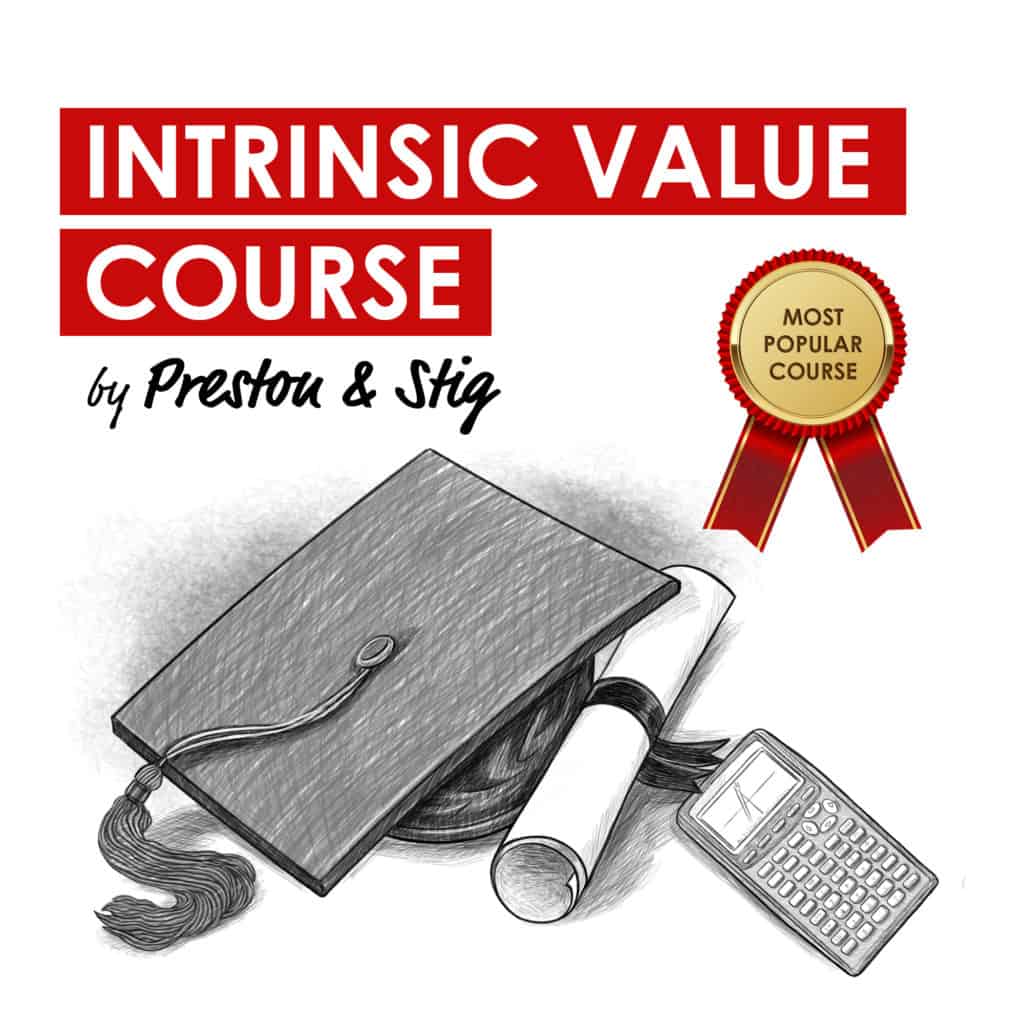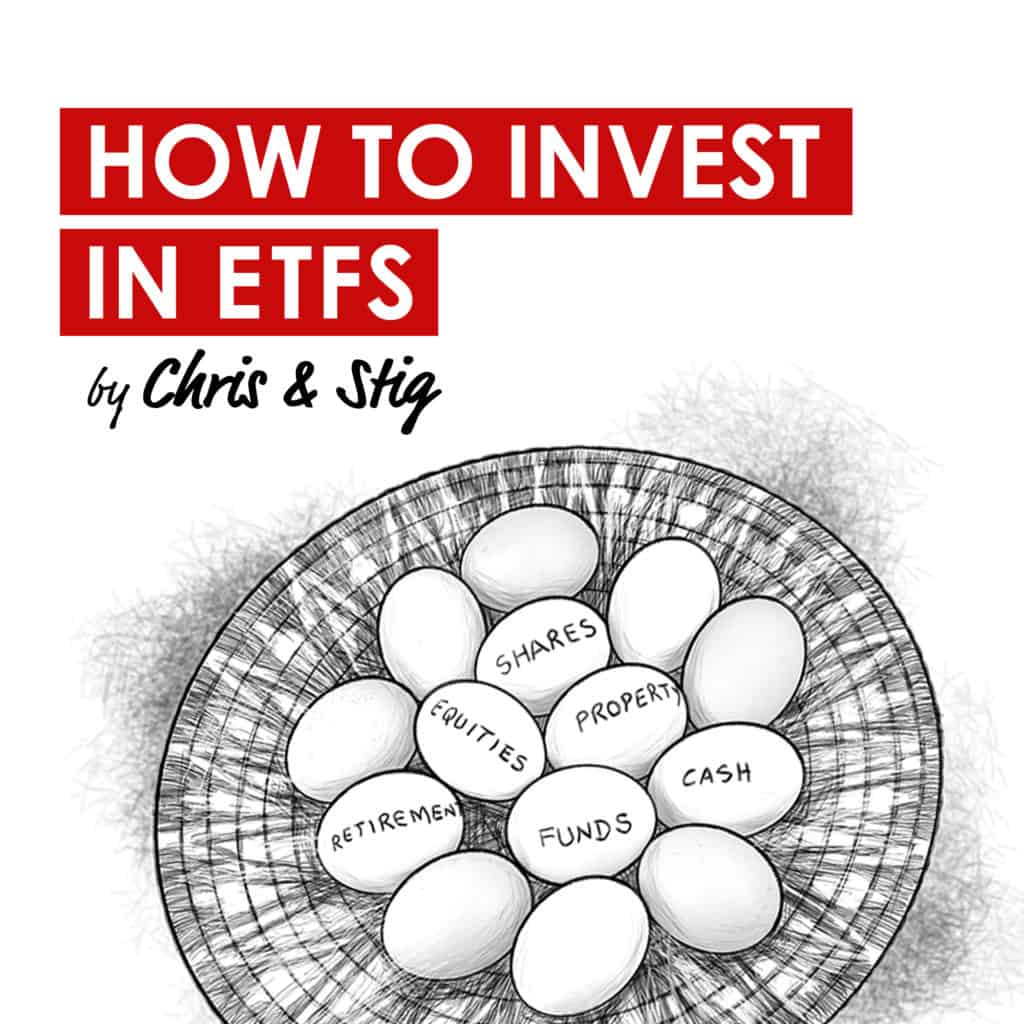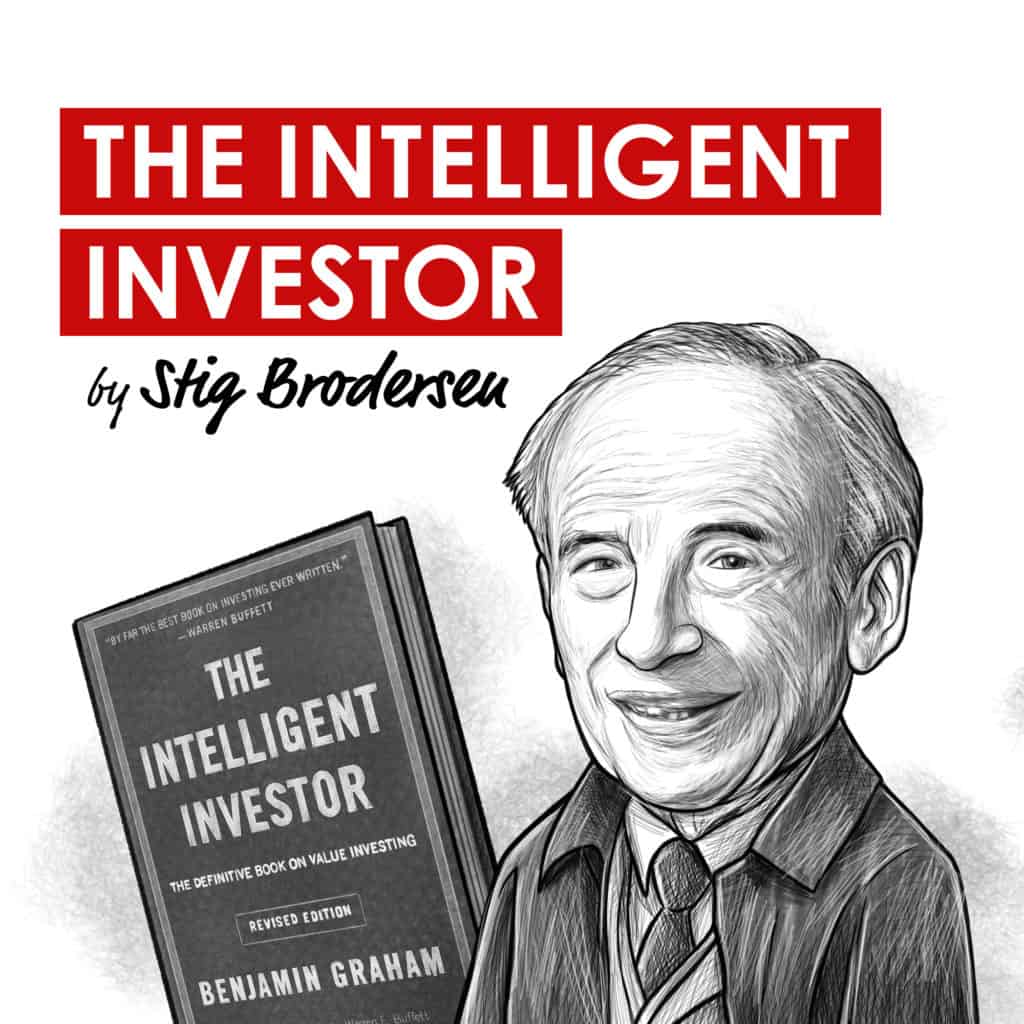TIP146: SUPERFORECASTING
THE ART AND SCIENCE OF PREDICTION
9 July 2017
During Preston and Stig’s interview with legendary investor, Edward Thorp, he provided the recommendation that the hosts should read the book Superforecasting, by Philip Tetlock and Dan Gardner. Based on that recommendation, we have provided a chapter for chapter overview in this podcast on the art and science of predictions.
According to The Wall Street Journal, Superforecasting is “The most important book on decision making since Daniel Kahneman‘s “Thinking, Fast and Slow.” The Harvard Business Review paired it to the book The Power of Mathematical Thinking by Jordan Ellenberg. Regardless of other peoples’ opinions, we found the book to be quite interesting and useful for value investors. The book does a great job of teaching the reader the importance of understanding cognitive biases and also trying to use a balanced state of mind to conduct assessments on how things might behave in the future.
IN THIS EPISODE, YOU’LL LEARN:
- The right framework for making correct forecasts
- How to prevent confirmation bias for your investments
- Why financial experts are storytellers rather than forecasters
- How and why the best investors constantly change their opinion
TRANSCRIPT
Disclaimer: The transcript that follows has been generated using artificial intelligence. We strive to be as accurate as possible, but minor errors and slightly off timestamps may be present due to platform differences.
Preston Pysh 0:03
So a few months ago, we had a huge name in finance on our show. And the gentleman’s name is Ed Thorp. Ed Thorp’s personal net worth is around $900 million. During our discussion, I was talking to Ed Thorp about certain ideas about what might happen in the future, particularly about central banking. I asked Ed a really difficult question, and I was kind of expecting him to tell me, “Yeah, I think there’s a high probability that that might be the case with respect to central banks.”
What I got back from him was kind of an interesting response. Ed basically said to me, “I have no idea.” He responded so quickly without any hesitation that it just shocked me.
During that interview, Ed said, “You really got to read this book called, ‘Superforecasting’ by Philip Tetlock and Dan Gardner.” Because of that interview, and because of that moment that I experienced with Ed Thorp, and how he responded to this question about forecasting, and then, he recommended this book for us to read, that’s why we decided to do this episode today on “Superforecasting.”
Stig Brodersen 1:12
And everyone really forecasts whether it’s about the weather, beating their morning traffic or it’s the financial markets. While forecasting might appear to be a game, is in fact very real, and the stakes are high and substantial.
As a society, it’s important that we hone the skills of forecasting because countries start embracing evidence-based policies, which basically means that we are trying to forecast. It’s also true on the personal level, because the ability to forecast is the difference between success and failure in life and business.
So, in this episode, we’re investigating why some people forecast better than others. And we’ll teach you the techniques to think rationally about your own predictions.
Preston Pysh 1:52
Alright guys, so if you’re ready, we’re ready. Let’s go ahead and do this.
Intro 2:00
You’re listening to The Investor’s Podcast, where we study the financial markets and read the books that influence self-made billionaires the most. We keep you informed and prepared for the unexpected.
Preston Pysh 2:21
Okay, so let’s get this episode going here, Stig. As we said in the intro, we’re talking about the book, “Superforecasting” by Philip Tetlock and Dan Gardner. And I really liked this book. I’m just gonna throw that out there. I thoroughly enjoyed some of the discussion here.
Because when you’re talking about stock investing, or any type of investing, it all comes down to what you kind of expect the future to look like and what you’re kind of estimating those future cash flows to be and you’re discounting those back to which you think your return might be.
And so, this was such a relevant book for us and the writing and it was really good. It was easy to understand. It wasn’t a difficult read. But in general, I really like that I’m just trying to capture your thoughts here before we start plowing through this chapter by chapter.
Stig Brodersen 3:07
I think it’s very important for people to realize that we forecast all the time. As stock investors, we automatically think about stock investing. But you’re also forecasting whenever you leave in the morning, can I beat the traffic? I mean, it happens all the time. And how do you come up with these conclusions? And how do you forecast the best? And that’s really the interesting thing about this book.
HELP US OUT!
Help us reach new listeners by leaving us a rating and review on Apple Podcasts! It takes less than 30 seconds and really helps our show grow, which allows us to bring on even better guests for you all! Thank you – we really appreciate it!
BOOKS AND RESOURCES
- Preston’s and Stig’s episode about Bitcoin and other cryptocurrencies.
NEW TO THE SHOW?
- Check out our We Study Billionaires Starter Packs.
- Browse through all our episodes (complete with transcripts) here.
- Try our tool for picking stock winners and managing our portfolios: TIP Finance Tool.
- Enjoy exclusive perks from our favorite Apps and Services.
P.S The Investor’s Podcast Network is excited to launch a subreddit devoted to our fans in discussing financial markets, stock picks, questions for our hosts, and much more! Join our subreddit r/TheInvestorsPodcast today!
SPONSORS
- Support our free podcast by supporting our sponsors.
PROMOTIONS
Check out our latest offer for all The Investor’s Podcast Network listeners!












